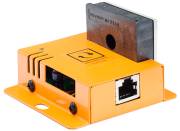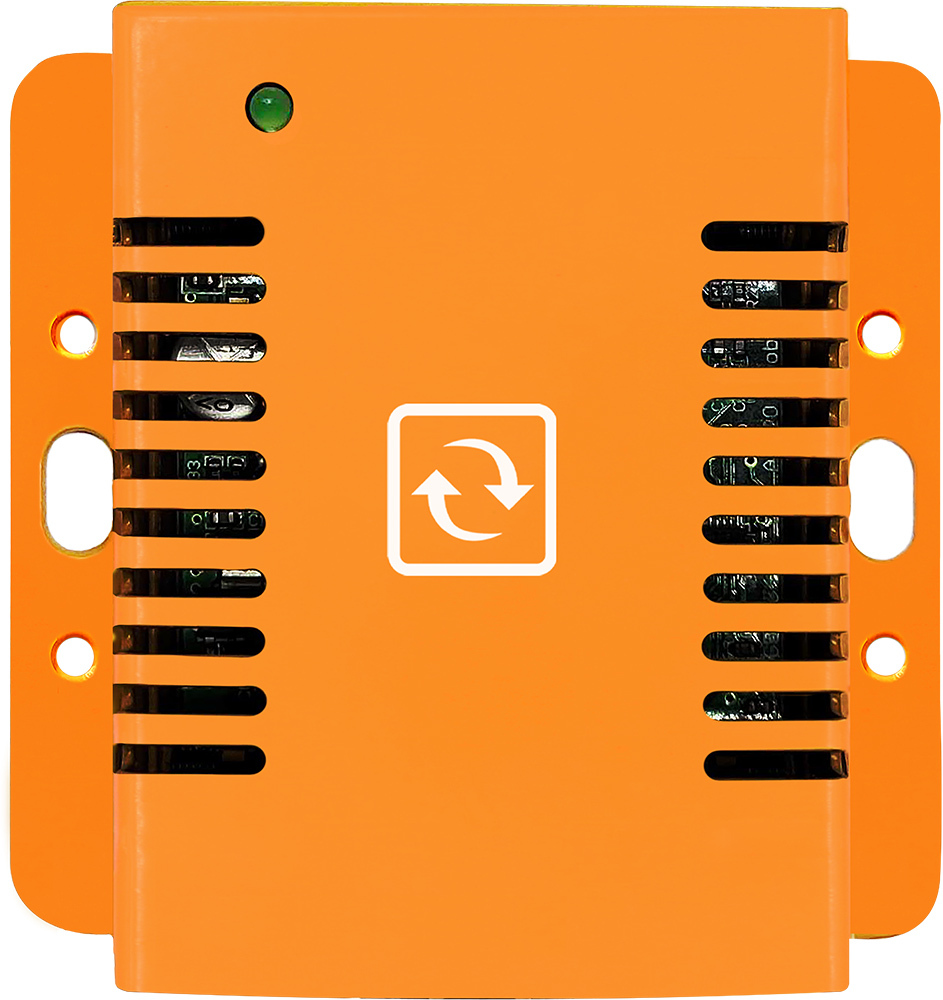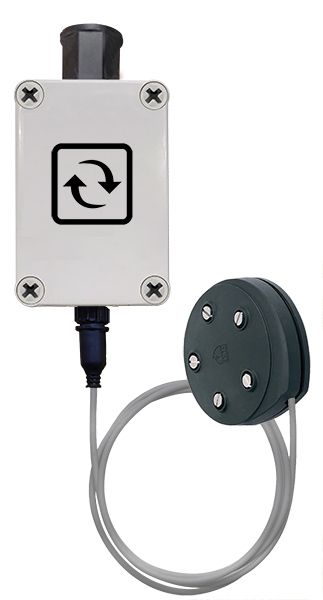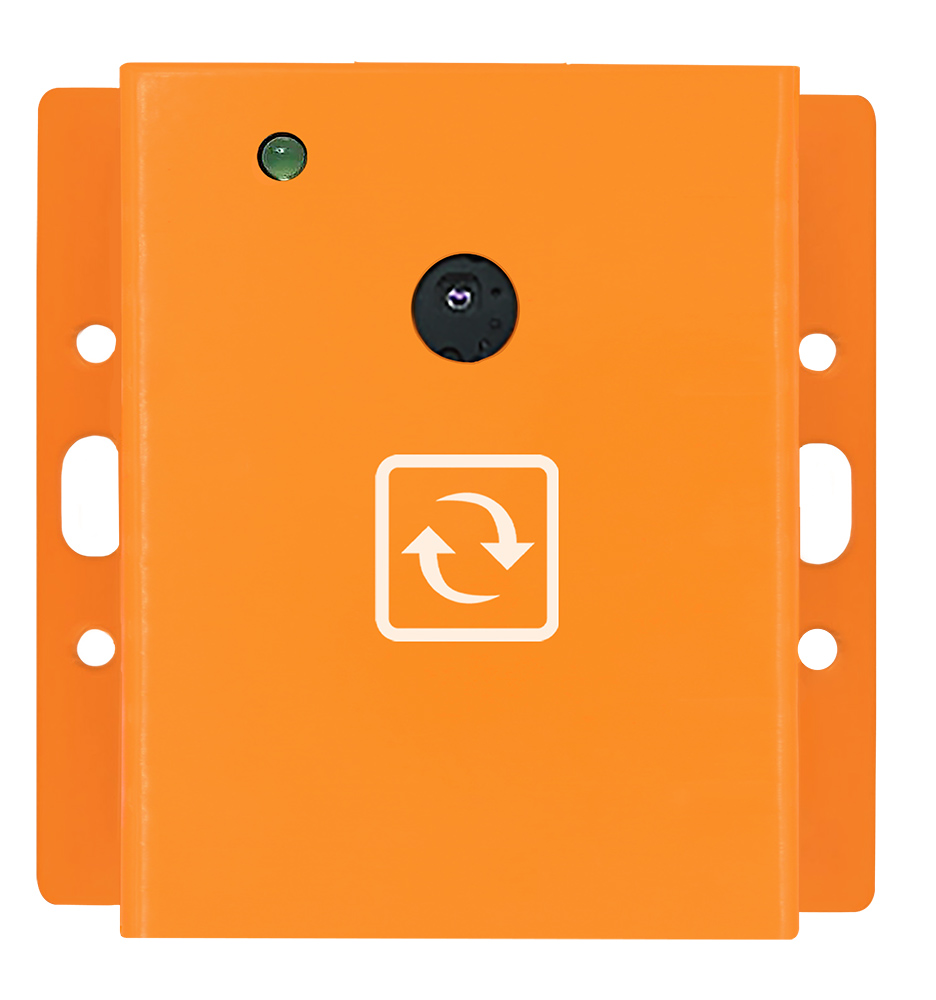
-
More
Dust Sensor
Close When dust is present under the raised floor then it may be blown into equipment. The presence of dust accumulates in equipment then at first power usage will increase due to the harder working fans and CPU's running at higher temperatures. Ultimately electronics may fail due to short circuits.
When dust is present under the raised floor then it may be blown into equipment. The presence of dust accumulates in equipment then at first power usage will increase due to the harder working fans and CPU's running at higher temperatures. Ultimately electronics may fail due to short circuits.
The Dust sensor monitors dust particles in the air of sizes between PM2.5 and PM10.
Dust Sensors
-
More
Temperature & Humidity Monitoring
Close The ambient temperature measurement checks if your cooling is still operating and if the room has the desired temperature setting. Combined with the humidity sensors, it ensures that your equipment is running within manufacturers' limits in order to maximize uptime and avoid early failure due to equipment stress.
The ambient temperature measurement checks if your cooling is still operating and if the room has the desired temperature setting. Combined with the humidity sensors, it ensures that your equipment is running within manufacturers' limits in order to maximize uptime and avoid early failure due to equipment stress.
Ambient temperature should be between 18-27°C / 64-80°F.
Ambient humidity should be between 40% - 60 % rH.
Temperature & Humidity Sensors
-
More
Fuel Level
Close The ultrasonic fuel level sensor monitors the level of fuel inside the tank. It reports the level in percent %. Too often facility managers do not know how much fuel is left in their tank and are required to do visual inspections. In the event of a disaster, knowing fuel levels for critical facilities could enable authorities to prioritise deliveries based on strategic data.
The ultrasonic fuel level sensor monitors the level of fuel inside the tank. It reports the level in percent %. Too often facility managers do not know how much fuel is left in their tank and are required to do visual inspections. In the event of a disaster, knowing fuel levels for critical facilities could enable authorities to prioritise deliveries based on strategic data.
Fuel Sensor
-
More
TVOC
Close Generators combust fuel to generate electricity. The combustion gasses are toxic. Proper ventilation and evacuation of combustion gasses is critical. This sensors monitors the indoor air quality in your room by monitoring 2 key metrics: CO2 levels and the volatile organic compounds; both resultants from the combustion. With poor air quality the area may become a safety hazard but equally important it will tell that your generator is not working as it should.
Generators combust fuel to generate electricity. The combustion gasses are toxic. Proper ventilation and evacuation of combustion gasses is critical. This sensors monitors the indoor air quality in your room by monitoring 2 key metrics: CO2 levels and the volatile organic compounds; both resultants from the combustion. With poor air quality the area may become a safety hazard but equally important it will tell that your generator is not working as it should.
TVOC Air Quality Sensor
-
More
Fuel Leak Detection
Close The fuel leak sensor is put around the fuel tank and around the genset to detect any fuel leaks.
The fuel leak sensor is put around the fuel tank and around the genset to detect any fuel leaks.
Fuel Leak Sensor
-
More
Shock & Vibration Sensor
Close Rattling or shaking generators are a sign of wear and tear. Knowing that they do not operate as expected is what protects your facility from being without power when you need.
Rattling or shaking generators are a sign of wear and tear. Knowing that they do not operate as expected is what protects your facility from being without power when you need.
Vibration Sensor
-
More
IO Dry Contact
Close The dry contact input units enable you to hook up legacy equipment. With the dry contact inputs, you can get status from your genset. Using the dry contact outputs, you can even control it, remotely.
The dry contact input units enable you to hook up legacy equipment. With the dry contact inputs, you can get status from your genset. Using the dry contact outputs, you can even control it, remotely.
IO Dry Contact Sensor
-
More
Thermal Camera Sensor
Close Thermal runaways of equipment will go undetected with traditional temperature sensors as air conditioning units will try to compensate the heat problem. The thermal camera sensor looks at the equipment and monitors its surface temperature in 4800 points, every 2 seconds.
Thermal runaways of equipment will go undetected with traditional temperature sensors as air conditioning units will try to compensate the heat problem. The thermal camera sensor looks at the equipment and monitors its surface temperature in 4800 points, every 2 seconds.
Overheating equipment will cause stress fan, CPU errors on the device itself and may also affect neighbouring systems. The difference between outtake and intake (room temperature) should not be more than 20C or 35F.
Infrared Thermal Camera Sensor